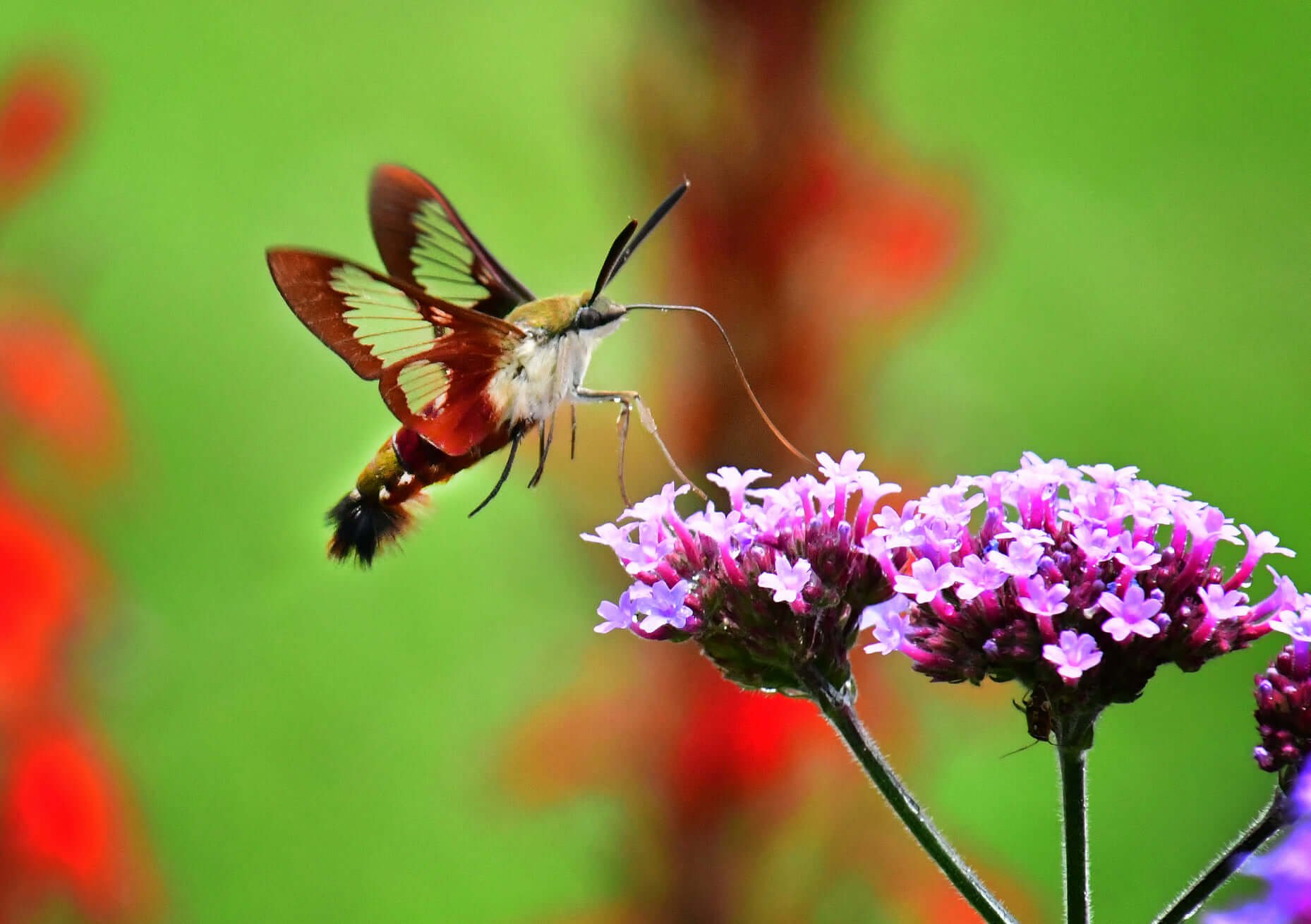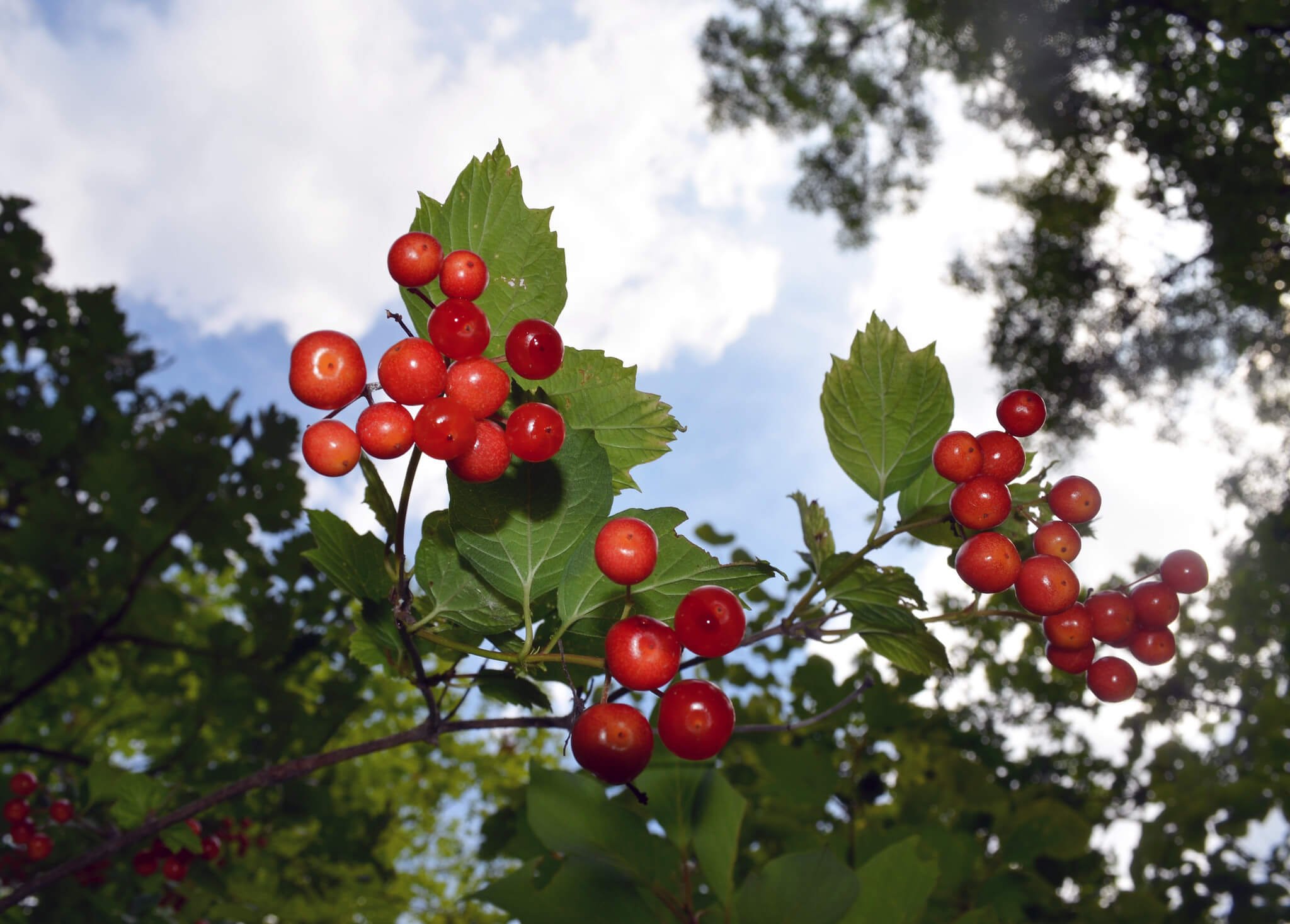 Image 1 of 3
Image 1 of 3

 Image 2 of 3
Image 2 of 3

 Image 3 of 3
Image 3 of 3




Snowberry (Symphoricarpos albus)
Snowberry flowers attract many different native bees, butterflies, moths, and the Ruby-throated Hummingbird (Ilinoiswildflower.info). It is also the host plant to the Hummingbird Clearwing and 24 other butterflies and moths in our area (nwf.org). The flowering period is followed by attractive bright white berries in early fall, which the birds seem to enjoy (Audubon.org).
Photo credit: Ulricaloeb (1), John Blair (2-3)
Snowberry flowers attract many different native bees, butterflies, moths, and the Ruby-throated Hummingbird (Ilinoiswildflower.info). It is also the host plant to the Hummingbird Clearwing and 24 other butterflies and moths in our area (nwf.org). The flowering period is followed by attractive bright white berries in early fall, which the birds seem to enjoy (Audubon.org).
Photo credit: Ulricaloeb (1), John Blair (2-3)
Snowberry flowers attract many different native bees, butterflies, moths, and the Ruby-throated Hummingbird (Ilinoiswildflower.info). It is also the host plant to the Hummingbird Clearwing and 24 other butterflies and moths in our area (nwf.org). The flowering period is followed by attractive bright white berries in early fall, which the birds seem to enjoy (Audubon.org).
Photo credit: Ulricaloeb (1), John Blair (2-3)
Life Cycle: Perennial
Sun Exposure: Full, Partial
Soil Moisture: Medium, Medium-dry
Height: Up to 6 feet
Plant Spacing: 3-6 feet
Bloom Time: May-July
Bloom Color: White
Advantages: Caterpillar Favorite, Bird Favorite, Deer resistant
Host Plant: Hummingbird Clearwing, Cecropia, and 23 other species of butterflies and moths use this as a caterpillar host plant in our area (nwf.org)













